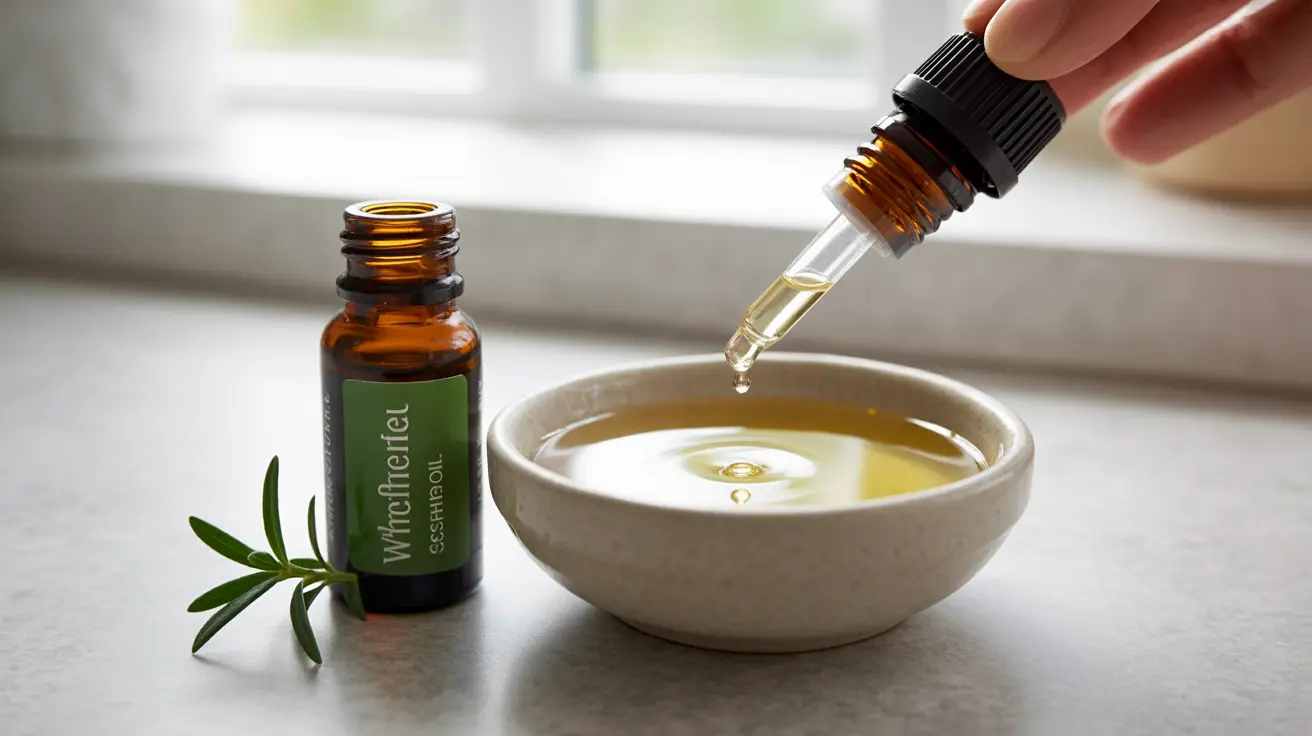Wintergreen essential oil, derived from the leaves of the wintergreen plant (Gaultheria procumbens), has gained significant attention in natural health circles for its potential therapeutic properties. This potent essential oil contains methyl salicylate, a compound similar to aspirin, which contributes to its pain-relieving and anti-inflammatory effects.
Before incorporating wintergreen essential oil into your wellness routine, it's crucial to understand its proper use, benefits, and important safety considerations. This comprehensive guide will explore everything you need to know about this powerful natural remedy.
Key Benefits of Wintergreen Essential Oil
Wintergreen essential oil offers several therapeutic benefits when used properly:
Pain Relief and Anti-inflammatory Properties
The methyl salicylate content in wintergreen oil makes it particularly effective for:
- Muscle aches and joint pain
- Arthritis-related discomfort
- Back pain
- Sports-related injuries
Respiratory Support
When used appropriately, wintergreen oil may help with:
- Clearing congested airways
- Supporting easier breathing
- Providing relief during seasonal respiratory challenges
Safe Application Methods
Proper dilution and application of wintergreen essential oil is crucial for safety:
Topical Application Guidelines
- Always dilute with a carrier oil (1-2 drops per tablespoon)
- Perform a patch test before full application
- Never apply directly to broken skin or mucous membranes
- Avoid using near eyes or sensitive areas
Important Safety Considerations
Due to its potent nature, wintergreen essential oil requires careful attention to safety:
Medical Conditions and Interactions
Exercise extreme caution if you have:
- Blood-thinning medication regimens
- Aspirin allergies or sensitivities
- Bleeding disorders
- Upcoming surgery
Special Populations
Certain groups should avoid wintergreen essential oil entirely:
- Pregnant women
- Nursing mothers
- Children under 12
- Individuals with sensitive skin conditions
Proper Storage and Handling
To maintain the oil's efficacy and prevent accidents:
- Store in a dark glass bottle
- Keep away from direct sunlight
- Maintain at room temperature
- Keep out of reach of children and pets
- Always secure the cap tightly after use
Frequently Asked Questions
What are the main health benefits of wintergreen essential oil for pain relief and inflammation?
Wintergreen essential oil's primary benefit comes from its high methyl salicylate content, which provides natural pain relief and reduces inflammation. It's particularly effective for muscle aches, joint pain, and arthritis-related discomfort when properly diluted and applied topically.
Is wintergreen essential oil safe to use during pregnancy, breastfeeding, or on children?
No, wintergreen essential oil is not recommended for pregnant women, nursing mothers, or children under 12 due to its potent nature and methyl salicylate content. These groups should seek alternative remedies and consult healthcare providers for safe options.
How should wintergreen essential oil be applied topically to avoid skin irritation or adverse effects?
Always dilute wintergreen essential oil with a carrier oil using a 1-2% dilution ratio (1-2 drops per tablespoon of carrier oil). Perform a patch test first, and never apply the oil directly to broken skin or mucous membranes.
Can wintergreen essential oil help with respiratory issues like congestion or colds?
When used properly in aromatherapy applications, wintergreen essential oil may help clear nasal passages and support easier breathing. However, it should never be ingested or applied directly to the nose or throat.
What precautions should I take before using wintergreen essential oil if I am allergic to aspirin or taking blood thinners?
If you have an aspirin allergy or are taking blood thinners, you should avoid using wintergreen essential oil entirely. The methyl salicylate in wintergreen oil is chemically similar to aspirin and can interact with blood-thinning medications, potentially causing serious complications.




